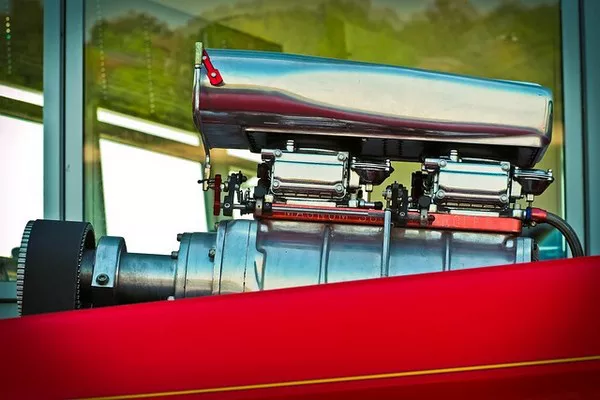In the world of audio engineering, the compressor limiter stands as a cornerstone tool, wielding immense power in sculpting soundscapes across various mediums. From music production to broadcasting and beyond, its role is paramount in achieving optimal audio quality and maintaining consistency. In this comprehensive exploration, we delve into the intricacies of compressor limiters, elucidating their functionality, applications, and the nuanced benefits they bring to the forefront of audio production.
1. Introduction to Compressor Limiters:
A compressor limiter, often referred to simply as a compressor, is an audio processing device designed to regulate the dynamic range of an audio signal. Dynamic range, the variance between the softest and loudest parts of an audio signal, is inherently present in all sound recordings. However, excessive dynamic range can lead to issues such as inconsistent volume levels, difficulty in intelligibility, and potential damage to equipment.
2. The Mechanism Behind Compression:
At its core, a compressor limiter operates by attenuating the amplitude of audio signals that exceed a predetermined threshold. This attenuation, or reduction in volume, is achieved through the application of gain reduction, wherein the compressor reduces the level of the audio signal above the threshold by a specified ratio. The ratio parameter dictates the degree of attenuation applied, with higher ratios resulting in more aggressive compression.
3. Threshold and Ratio:
Central to the functionality of a compressor limiter are the threshold and ratio settings. The threshold establishes the level at which compression begins to take effect, while the ratio determines the extent to which the signal above the threshold is attenuated. By adjusting these parameters, audio engineers can tailor the compression process to suit the specific requirements of a given audio signal or production environment.
4. Attack, Release, and Time Constants:
In addition to threshold and ratio, compressor limiters offer control over attack and release parameters, as well as time constants. The attack parameter governs how quickly the compressor responds to audio signals that exceed the threshold, influencing the transient shaping of the sound. Conversely, the release parameter determines the speed at which the compressor returns to its normal state after the audio signal falls below the threshold. Time constants, including attack and release times, play a pivotal role in shaping the envelope of the compressed signal, impacting its tonal characteristics and overall perceived sound quality.
5. Applications Across Industries:
The versatility of compressor limiters renders them indispensable across a myriad of industries and applications. In music production, compressors are utilized to enhance the punchiness of drums, control the dynamic range of vocal performances, and add cohesion to individual tracks or entire mixes. In broadcasting and live sound reinforcement, compressor limiters ensure consistent volume levels, mitigate the risk of audio clipping, and enhance the clarity of speech. Moreover, compressor limiters find utility in film and television production, where they facilitate dialogue intelligibility, balance sound effects, and maintain a uniform audio experience for viewers.
6. Dynamic Range Control and Loudness Normalization:
In an era marked by the proliferation of digital media and streaming platforms, the importance of dynamic range control and loudness normalization cannot be overstated. Compressor limiters play a pivotal role in achieving compliance with broadcast standards and delivering content that meets the expectations of modern audiences. By exerting precise control over dynamic range, compressor limiters enable content creators to optimize the perceived loudness of their productions while adhering to established industry norms and regulations.
7. Artistic Expression and Creative Use:
Beyond their utilitarian applications, compressor limiters serve as powerful tools for artistic expression and creative experimentation. In the realm of music production, adept manipulation of compression parameters can imbue recordings with character, texture, and emotion. From the subtle warmth imparted by vintage analog compressors to the aggressive pumping effects favored in electronic music, the sonic possibilities afforded by compressor limiters are as diverse as they are boundless. Similarly, in the realm of sound design and audio post-production, compressors are employed to shape the timbre, envelope, and spatial characteristics of soundscapes, lending depth and dimension to auditory narratives.
Conclusion:
In conclusion, the compressor limiter stands as a cornerstone of modern audio engineering, wielding unparalleled influence in shaping the sonic landscapes that permeate our daily lives. From its fundamental role in dynamic range control to its myriad applications across industries and artistic disciplines, the compressor limiter remains an indispensable ally to audio professionals worldwide. As technology continues to evolve and creative boundaries are pushed ever further, the enduring relevance of compressor limiters serves as a testament to their enduring importance in the realm of sound.

